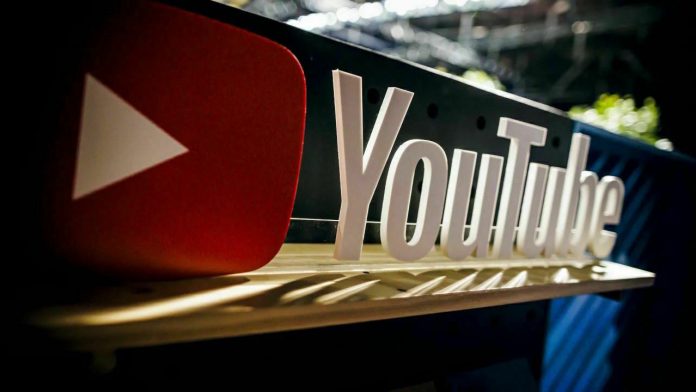YouTube is streamlining its medical misinformation guidelines, and in the process a lot of videos could be about to disappear.
Dr. Garth Graham and Matt Halprin, Google’s Director and Global Head of Healthcare and Public Health Partnerships, and VP and Global Head of Trust and Safety, detail in a blog post today how dozens of existing misinformation guidelines will be streamlined under three categories: prevention, treatment, and denial.
The categories are described as follows:
Prevention misinformation: We will remove content that contradicts health authority guidance on the prevention and transmission of specific health conditions, and on the safety and efficacy of approved vaccines. For example, this encompasses content that promotes a harmful substance for disease prevention.
Treatment misinformation: We will remove content that contradicts health authority guidance on treatments for specific health conditions, including promoting specific harmful substances or practices. Examples include content that encourages unproven remedies in place of seeking medical attention for specific conditions, like promoting caesium chloride as a treatment for cancer.
Denial misinformation: We will remove content that disputes the existence of specific health conditions. This covers content that denies people have died from COVID-19.
The new policies will be applied to specific health conditions, treatments, and substances, and any videos on those subjects that contradict either local health authorities or the World Health Organization (WHO) will be removed from YouTube.
YouTube is placing particular focus on cancer treatment misinformation, stating that, “Starting today and ramping up in the coming weeks, we will begin removing content that promotes cancer treatments proven to be harmful or ineffective, or content that discourages viewers from seeking professional medical treatment.”
Expect any video that “promotes unproven treatments in place of approved care or as a guaranteed cure, and treatments that have been specifically deemed harmful by health authorities” to be removed.
Recommended by Our Editors
To further counter the spread of medical misinformation, YouTube is going to provide alternative, high-quality health content provided by “a range of authoritative sources.” The first example of this is already available as a playlist, and a collaboration with the Mayo Clinic is set to produce new videos on a variety of cancer conditions.
YouTube isn’t the only platform fighting this problem—TikTok’s mental health advice videos are a cesspool of misinformation. Meanwhile, Facebook introduced tools to help combat misinformation, while Discord banned misinformation that may cause physical or societal harm.
 The Best Fitness Trackers for 2023
The Best Fitness Trackers for 2023
Get Our Best Stories!
Sign up for What’s New Now to get our top stories delivered to your inbox every morning.
This newsletter may contain advertising, deals, or affiliate links. Subscribing to a newsletter indicates your consent to our Terms of Use and Privacy Policy. You may unsubscribe from the newsletters at any time.
Hits: 0
















